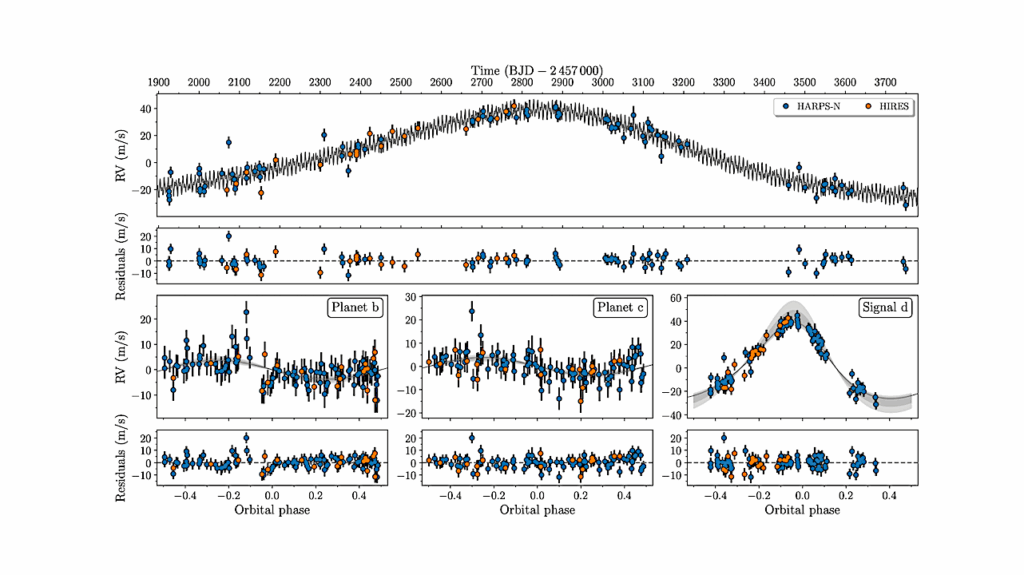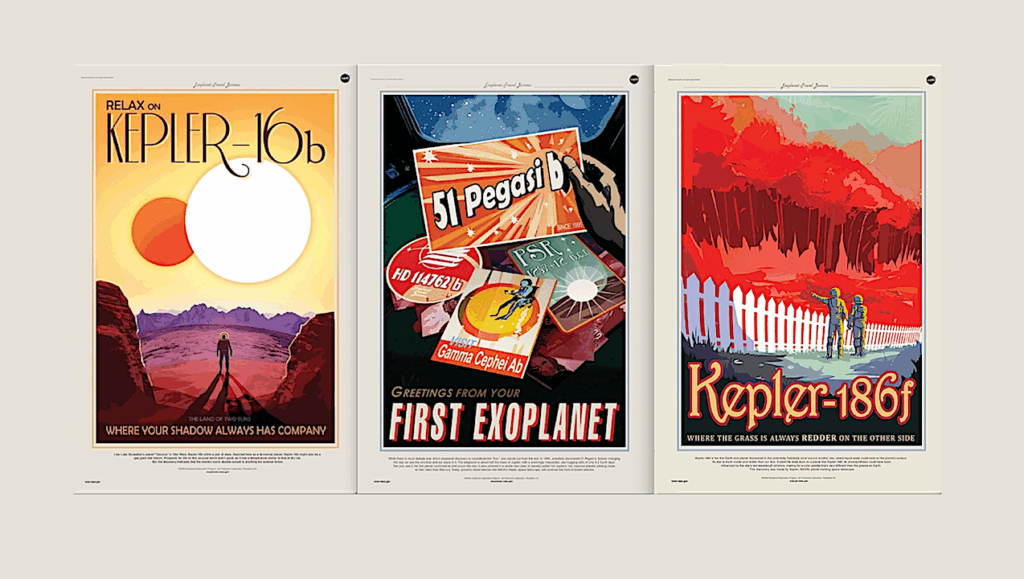Effects of Flux Variation on the Surface Temperatures of Earth-like Circumbinary Planets

The Kepler Space telescope has uncovered around thirteen circumbinary planets (CBPs) that orbit a pair of stars and experience two sources of stellar flux.
We characterize the top-of-atmosphere flux and surface temperature evolution in relation to the orbital short-term dynamics between the central binary star and an Earth-like CBP analog. We compare the differential evolution of an Earth-like CBP’s flux and surface temperature with that of an equivalent single-star (ESS) system to uncover the degree by which the potential habitability of the planet could vary.
For a Sun-like primary, we find that the flux variation over a single planetary orbit is greatest when the dynamical mass ratio is ~0.3 for a G-K spectral binary. Using a latitudinal energy balance model, we show that the ice-albedo feedback plays a substantial role in Earth-like CBP habitability due to the interplay between flux redistribution (via obliquity) and changes in the total flux (via binary gyration). We examine the differential evolution of flux and surface temperature for Earth-like analogs of the habitable zone CBPs (4 Kepler and 1 hypothetical system) and find that these analogs are typically warmer than their ESS counterparts.
Srisurya Karthik Yadavalli, Billy Quarles, Gongjie Li, Nader Haghighipour
Comments: 12 pages, 14 figures, 5 tables; submitted to MNRAS, comments welcome
Subjects: Earth and Planetary Astrophysics (astro-ph.EP)
Cite as: arXiv:2008.04992 [astro-ph.EP] (or arXiv:2008.04992v1 [astro-ph.EP] for this version)
Submission history
From: Srisurya Yadavalli
[v1] Tue, 11 Aug 2020 20:26:25 UTC (31,990 KB)
https://arxiv.org/abs/2008.04992
Astrobiology








